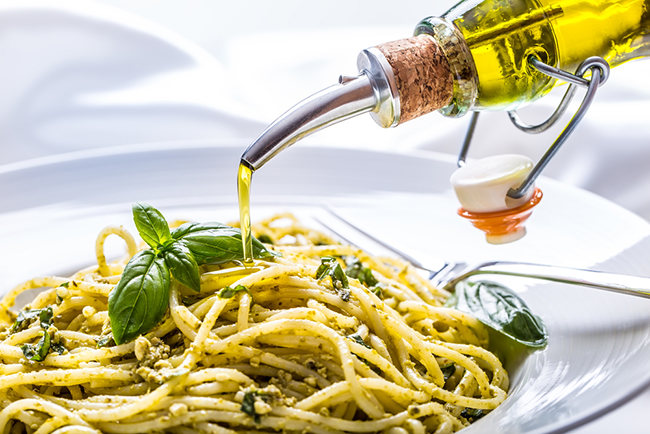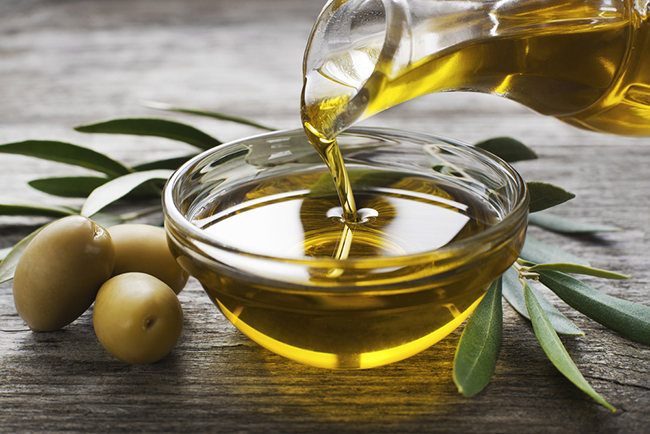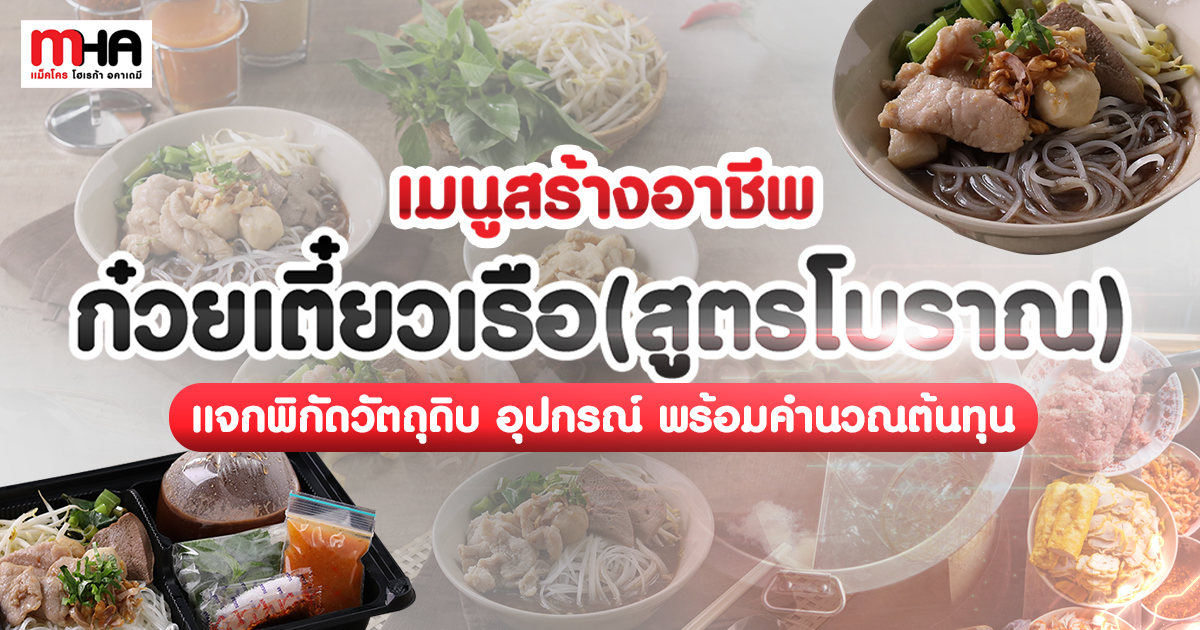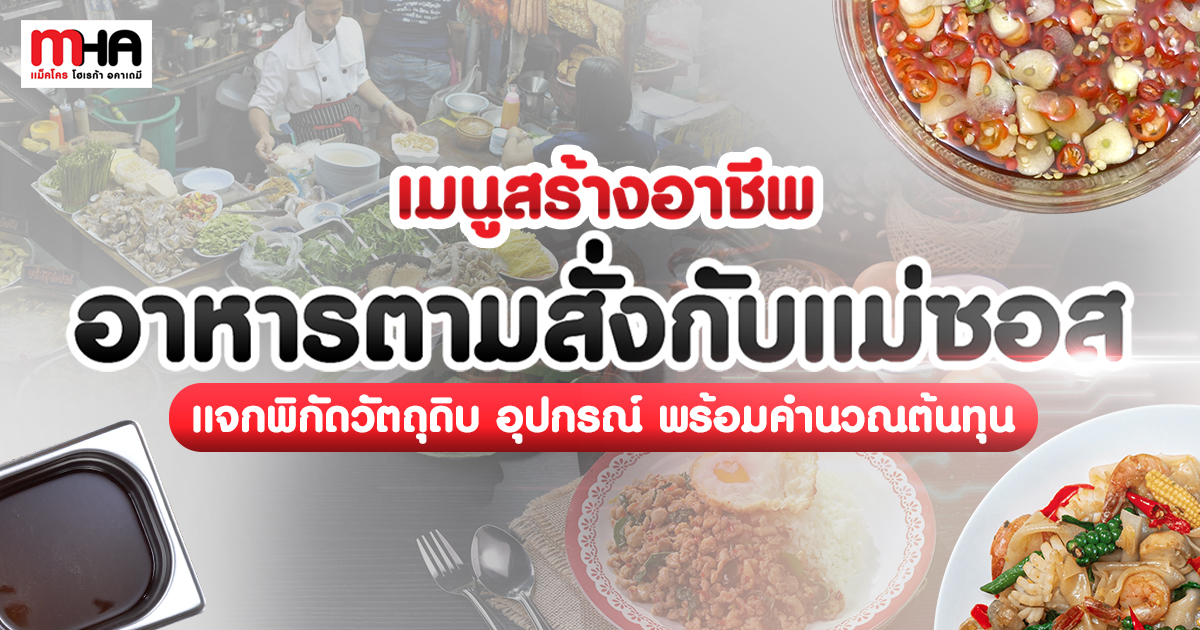How to Choose Olive Oil for Different Kinds of Foods
Most Thai people know that olive oil is used to make Western food. Otherwise, when they’re thinking about oils in food, they’d mostly think only about olive oil. If you want to cook using olive oil, you need to first learn about the different types of olive oil so that you can choose appropriately.
Olive Oil Properties
Olive oil contains alpha-tocopherol, which is contained within Vitamin E, and carotene in Vitamin A, and polyphenols, which has anti-oxidation properties to delay aging. Moreover, olive contains good cholesterol (HDL), so it can help prevent cardiovascular disease.


Which kinds of olive oil should you choose for different kinds of food?
- Extra Virgin Olive Oil
This is pure olive oil cold-extracted from olives. This type of oil is produced by squeezing fresh olives in which preference is given to high-quality dark and ripe olives. The dietary and nutritional value of this type of olive oil is nearly 100% identical to fresh olives, because fresh-squeezing ensures that the nutritional content of olives is not destroyed by heat. This oil has very low acidity and is the most expensive and high-quality oil. Oil obtained from first squeezes is called extra virgin and is popularly consumed fresh by pouring over salads and pasta or eating with bread. It should not be used in cooking processes involving heat, because doing so would totally diminish the nutritional benefits of olives in addition to creating toxins, since extra virgin olive oil has low tolerance to heat.
- Virgin Olive Oil
This pure oil is extracted for food preparation. Older but equally healthy olives are used similarly to extra virgin olive oil, but this oil is more affordably priced. It is popularly consumed in the same way such as with salads or pasta sauces, and it is not popularly used for frying or stir-frying foods. Likewise, heating it is not appropriate, as doing so would diminish its nutritional content.
- Refined Olive Oil
This olive oil is extracted by heat. Color, odors and flavors are removed to produce a clear oil and eliminate free fatty acids and contaminants. As a result, a large amount of healthy nutrients is lost. This oil is inexpensive and has a high resistance to heat. Several different varieties are also available such as light olive oil and extra light olive oil. It is popularly used in frying and is not popularly consumed fresh or with salads.
- Olive Pomace Oil
Now we’ve come to olive pomace oil. It is oil extracted out of pomace and mostly mixed with virgin oil, but has a milder flavor and higher quantity of bad fat for the body than other oils. However, it can be used in cooking. It is popularly used in extensive frying and high heat such as frying fish, chicken and pork. It is not popularly eaten with salads or sauces. It stands out in that it is the least nutritious of all olive oils and has very few anti-oxidation properties.

In addition to pure olive oil, we now have olive oils with modified flavors such as truffles, chili, garlic, rosemary, olive oil, etc. These are easily made at home. Essentially, you take these ingredients and soak them in heated olive oil to extract flavors from the ingredients and mix them with the oil. Then you pour it into bottles. It can be stored for use in cooking or sprinkling as food topping before serving.
How to Store and Keep Olive Oil: Olive oil can be stored in the same way as regular oil and that is in cool and dry places away from sunlight in order to maintain its nutritional value. Once open, a bottle should not be kept for more than three months. Otherwise, it will have a rancid smell.
To select your own olive oil at Makro or order online, click here >> http://bit.ly/389qC9p



